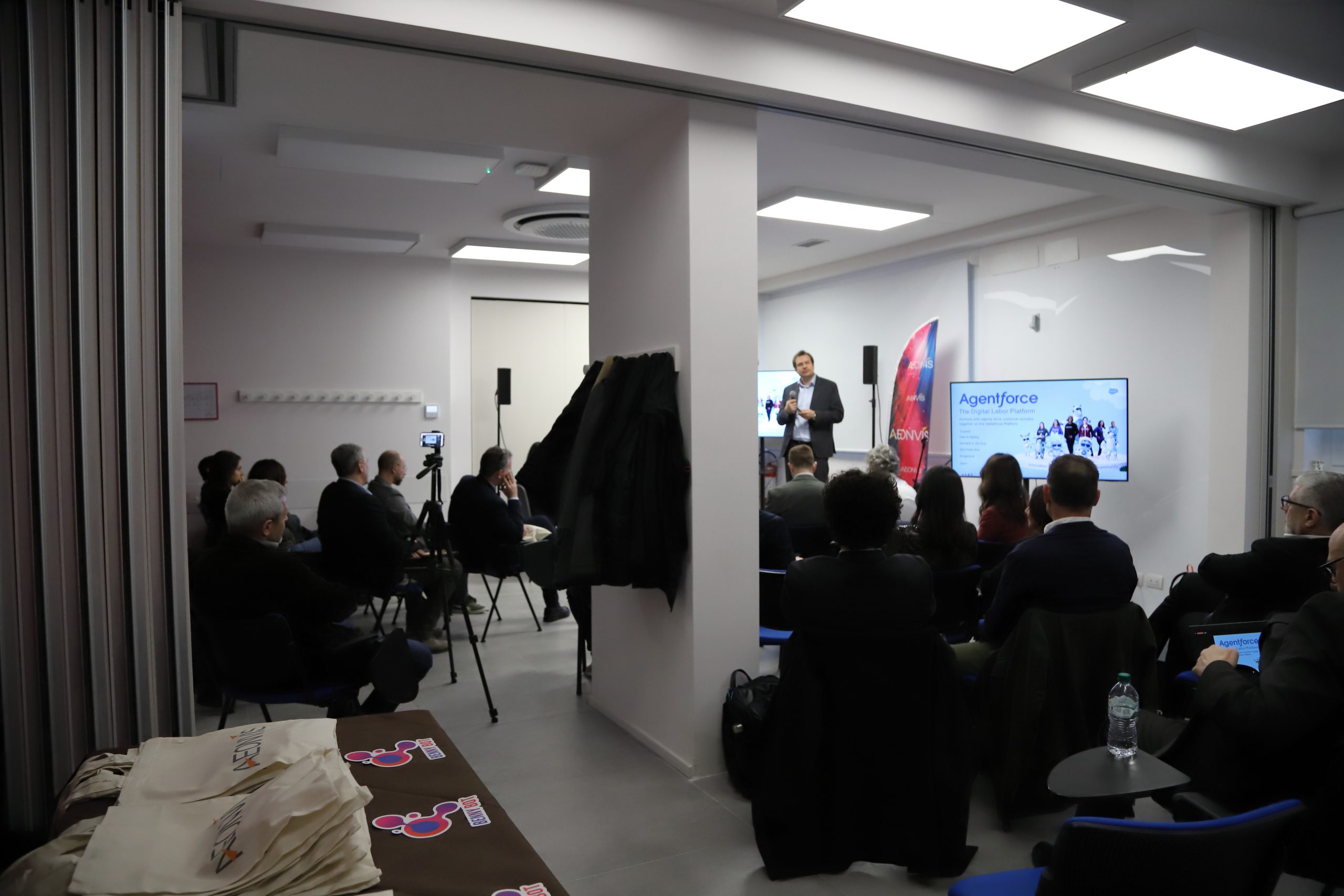Changing means innovating, facing new challenges, setting increasingly ambitious goals—changing means growing. This is the journey that business intelligence has recently embarked on, considered essential for the life of a business. But growth continues, and today we revisit the historical path that has led business intelligence to active intelligence, because what matters, beyond the numbers, is knowing how to keep up in order to manage them effectively.
Traditional business intelligence and active intelligence: the same course, a swift pace.

There’s no time, I don’t have time. How often is this phrase uttered daily? We don’t know the exact number, but we are aware of time, and that’s why the need arises to think of a business intelligence capable of supporting decisions in real-time. There isn’t always enough time to plan what needs to be done or to understand what and how to support a decision. This is where the need for data management and availability in real-time cannot be met by traditional BI alone: every company today can only compete in the market if it is able to keep pace with the advancing technological innovation. This is the moment when time becomes the compass that can decide the fate of a business, one that must be able to stop it, and to do so, it uses Active Intelligence, a decision-making process based on real-time information that triggers specific actions in particularly complex conditions. Let’s dive deeper into this important discipline.
Active Intelligence: how it works and why it’s so important to use it.
Let’s start by saying that organizations need a relationship that is anything but static: the most relevant information refers to the here and now. In this case, the shift from traditional business intelligence, based on pre-packaged historical data, does not support real-time decisions.

This is where active intelligence comes into play. Its advantage lies in the ability to provide continuously updated information, made instantly accessible. Active Intelligence, in fact, delivers the latest news at the most crucial moment: now. Whether it’s guiding automated metrics and insights within dashboards or integrating them directly into automated processes, active intelligence combines static data with dynamic data, reflecting their flow and providing statistics with which to develop a business action plan that is increasingly effective and decisive.
Active intelligence: the advantages
For example, the advantages provided by active intelligence can be summarized as follows:
- Intelligent data analysis: creating a continuous flow of information with always updated and clean data available to users.
- Availability of real-time updated information: the uniqueness of active intelligence lies in its use on a data analytics platform that supports a full range of use cases directly integrated into business and automated processes. Augmented analytics bring real-time events and predictions to the surface.
- Designed to trigger immediate actions: traditional business intelligence was designed to inform, providing this information to support actions, without focusing on practicality.
Active intelligence, on the other hand, enables decision-making based on information, leading to concrete actions under specific conditions. The result? The gap between real-time business activity and the information related to available statistics is finally filled. This will serve as an enabler for all things innovation, increasing the value and the company’s ability to compete in its target market. In summary, using active intelligence within your company will allow you to:
- Observe and respond immediately to trends and changes within the business.
- Propose strategies and products for the digital world.
- Collaborate beyond historical barriers by bringing together those who produce the data with those who use it.
- Accelerate and optimize business results, thinking agile, meaning stimulating the ability to react to changes, adapting to the ongoing evolution with the same speed at which user needs and technology evolve, as technology’s evolution never slows down.
- Never doubt the actions you take. This will allow you to embrace the new without fear, making it easier to experiment and achieve results.
Active Intelligence: the turning point for every business.

And here we are at the conclusion of a discussion centered on speed, concreteness, but above all, the precision of data—data that can be both a hurdle and the best passkey, the very same data that could make the work of many companies much simpler and more productive… if only it were utilized.
We’re talking about a data-driven approach, oriented toward data analysis. This is the scenario where technology, processes, and people take center stage in an unavoidable transformation—three key elements sufficient to improve organizational processes and enhance the skills of the resources within a company.
In recent years, much has been said but little has been done, with proposals put forward that could hardly be considered “intelligent.” Today, as we introduce active Intelligence, it emerges alongside the promise of making it a reality—a promise that finally seems within reach.
All that’s left is to embrace the change, working actively and consistently in this direction.
See you next time!










